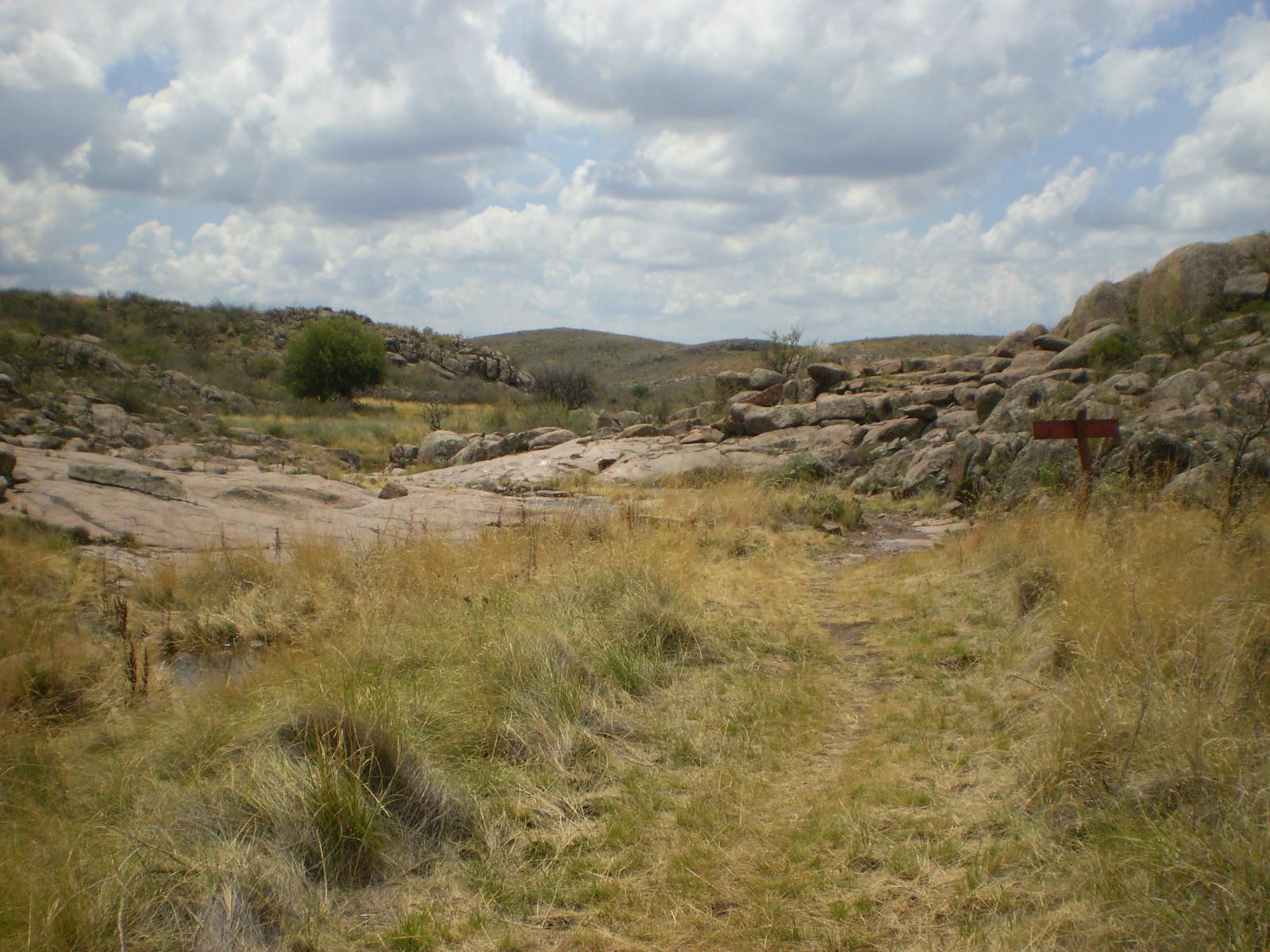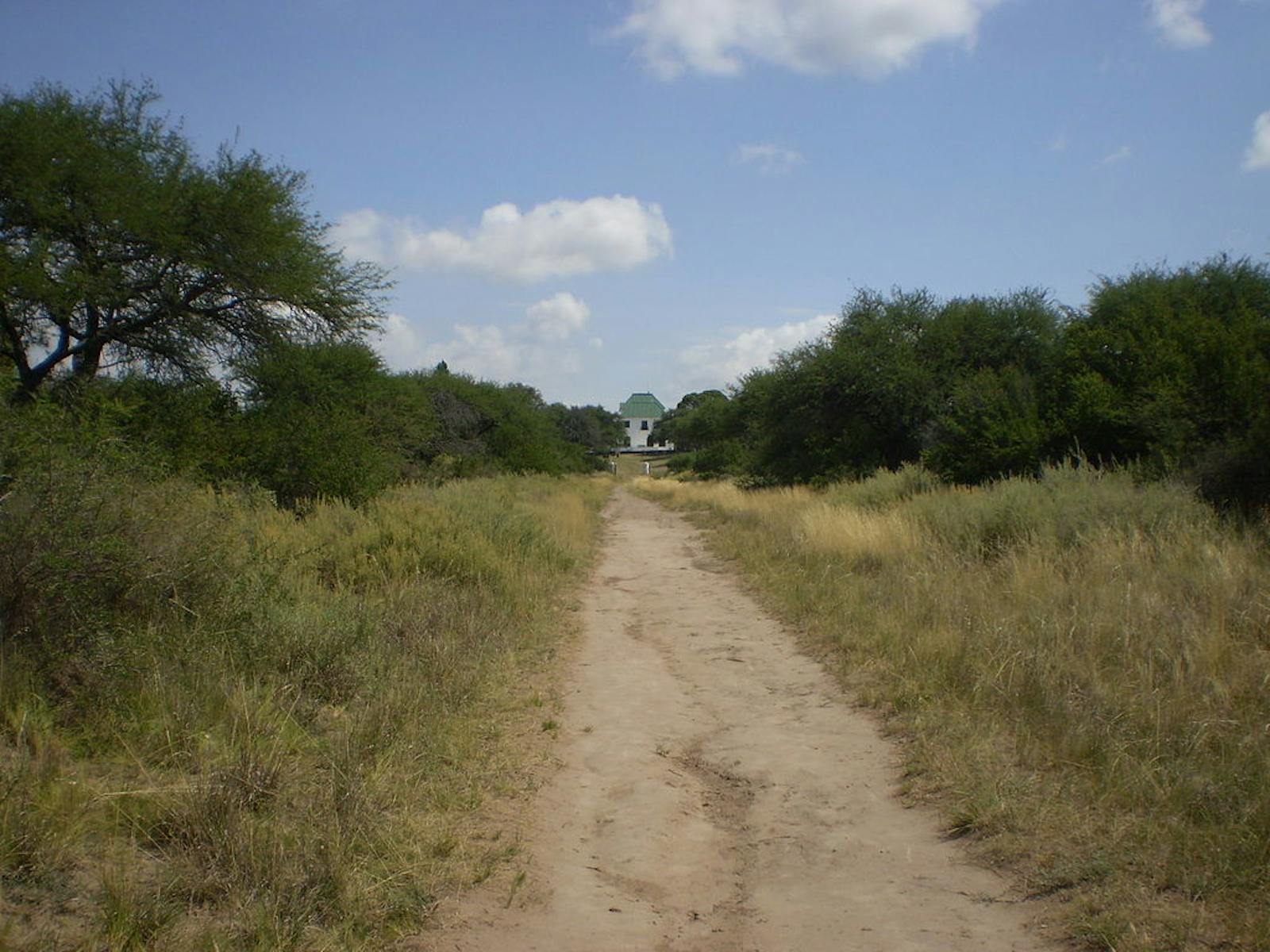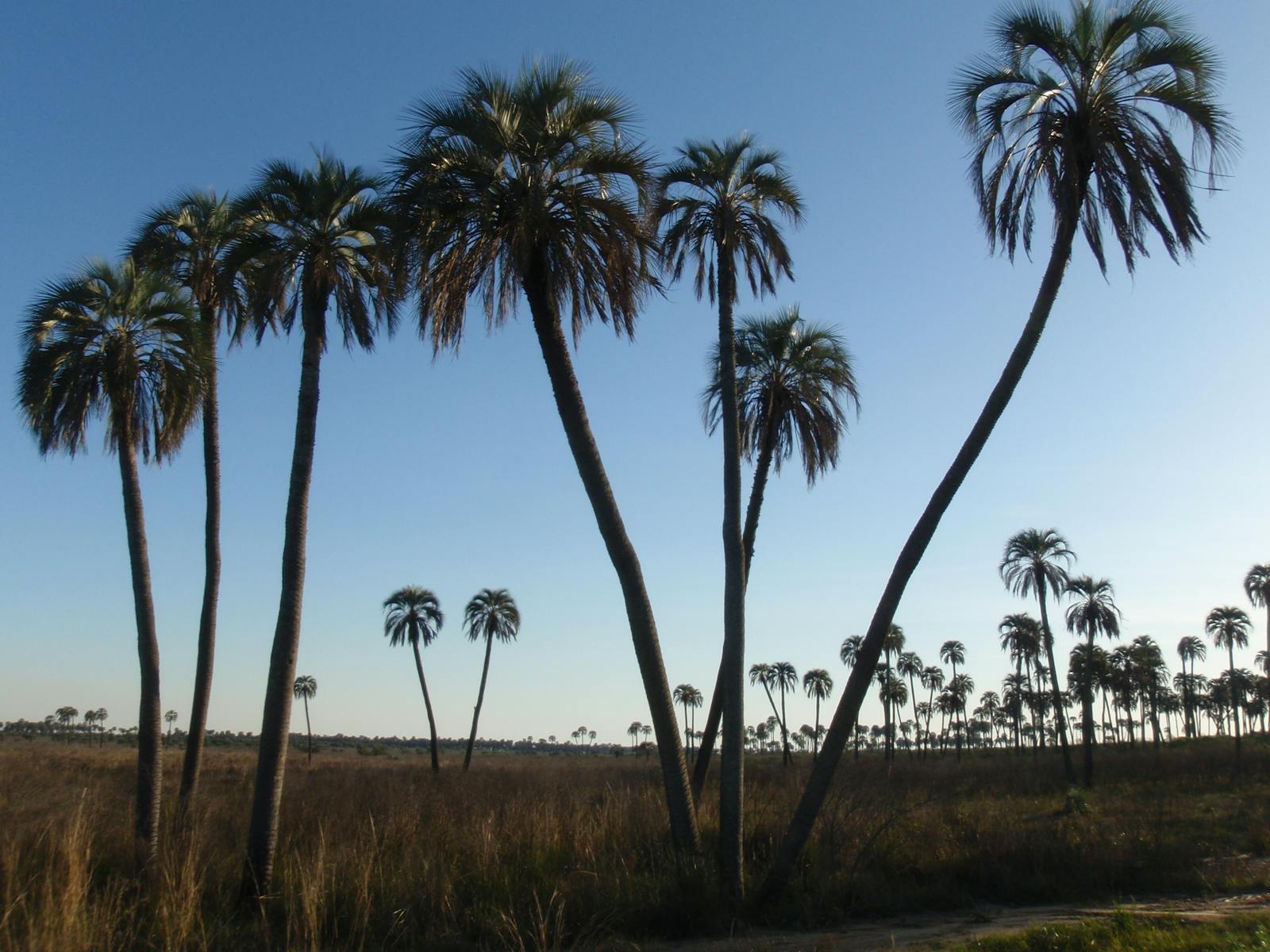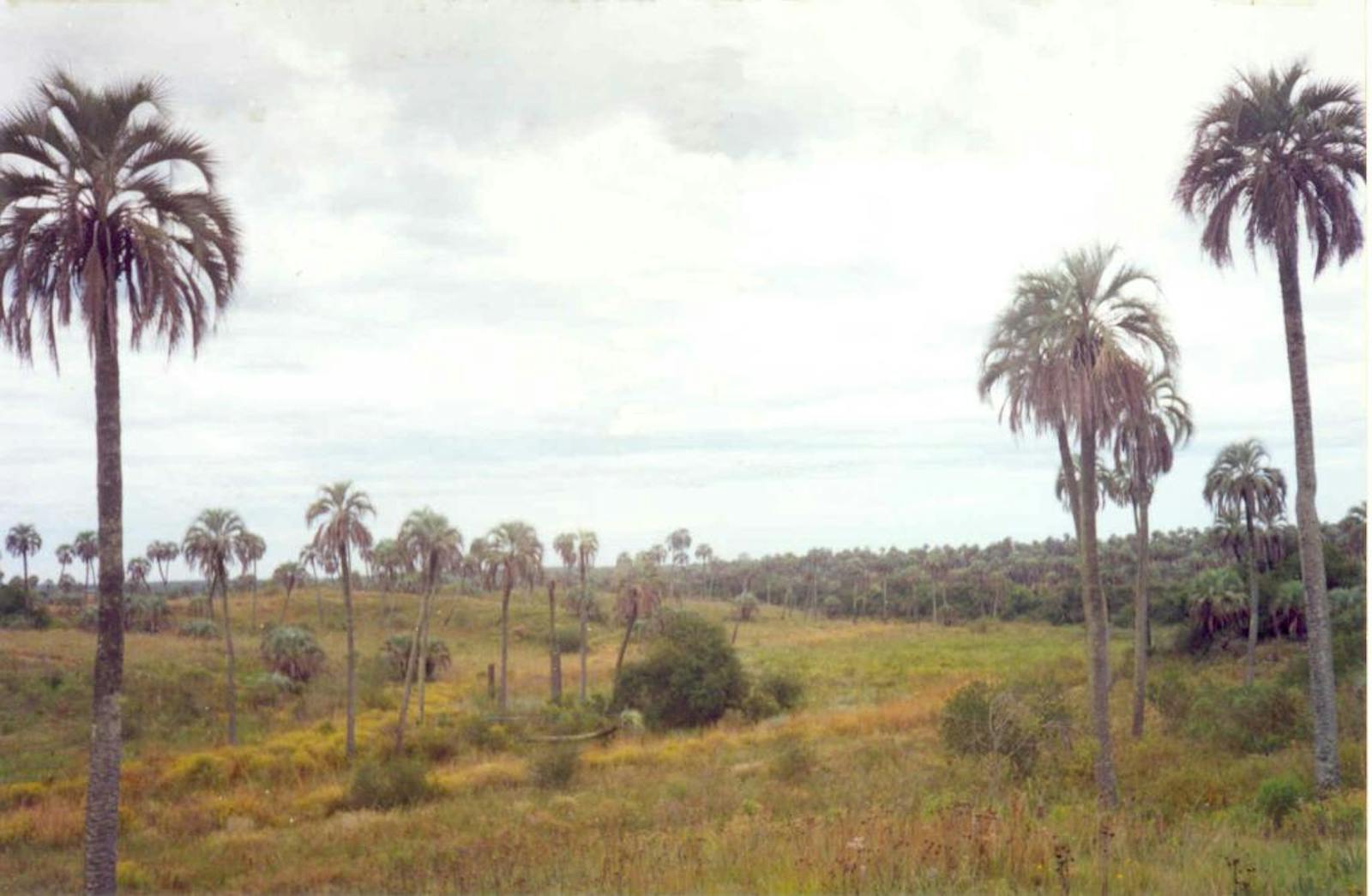Espinal
The ecoregion’s land area is provided in units of 1,000 hectares. The conservation target is the Global Safety Net (GSN1) area for the given ecoregion. The protection level indicates the percentage of the GSN goal that is currently protected on a scale of 0-10. N/A means data is not available at this time.
Bioregion: Rio de la Plata Grasslands (NT3)
Realm: Southern America
Ecoregion Size (1000 ha):
29,948
Ecoregion ID:
575
Conservation Target:
33%
Protection Level:
1
States: Argentina
Achala's four-eyed frog is endemic to Argentina and occurs in montane grasslands of the Espinal among rock outcrops. It is so named because of its extra set of eyes sitting peculiarly on its backside, which are large poisonous glands that helps to deceive and deter predators.
At the end of the dry season, after the first rain, Achalas four-eyed frogs join in an “explosive breeding” event where they attached their eggs in mass to aquatic vegetation along the river and creek systems. This strategy maximizes their breeding success by overwhelming egg and tadpole predators with large amount of prey in within this short window and allow enough offspring to escape and survive for the next breeding event.
.jpg)
The flagship species of the Espinal ecoregion is the Achala's four-eyed frog. Image credit: iNaturalist
This ecoregion is described as an "espinal", literally meaning a thorny deciduous shrubland forest. The Espinal ecoregion is in central Argentina extending from central Santa Fe through the province of Córdoba to the north of San Luis. In the northern section, the climate is warm and wet with summer rains, but it does vary further south. It is a mostly flat plain with low hilly areas and has sandy soils.
The Espinal ecoregion can be divided into two subregions, the carob subregion in the north and the caldén subregion in the south. In the first, the dominant tree species include algarrobo negro and blanco, spiny hackberry, chañar, and espinillo among others. In certain isolated areas there are still caranday palms. The caldén subregion is characterized by the abundance of caldén trees, forming dense forests; as well as clearings covered by grassy savannas, dunes with wind pollinated vegetation, and salty soils with scrublands.
Overall there are relatively very few endemic organisms in this area. The plant species found in the Espinal are generally also found in other ecoregions of Argentina. There are three species of endangered birds in this ecoregion: yellow cardinal, Chaco eagle, and Eskimo curlew. The caldén trees are one of the few examples of a species confined to this ecoregion as well.
However, the Espinal ecoregion does include one of the most important wetlands: Mar Chiquita Lake and the swamps of the Dulce River, a Ramsar site that is included as a key habitat for endangered birds of the Neotropics. In these wetlands we find a very rich and varied fauna, including species adapted to saline environments. The number of avian species recorded is 138.
The Espinal is protected in the Lihué-Calel National Park, La Reforma University Reserve, Chacharramendi Provincial Reserve, and Luro Provincial Reserve. This ecoregion has already been heavily modified as most of it has been used for agriculture and its forests have been highly exploited and dismantled. The endemic caldén tree and the carob tree are both overused in construction; additionally, the carob tree’s fruits are harvested and fermented for a refreshing beverage called “aloja”.
A major threat to the Mar Chiquita Lake and the floodplain of the Dulce River within this ecoregion is the growing water demand by humans in the upper basin. The caldén trees are seriously threatened by the expansion of the agricultural frontier that, aided by modern irrigation systems, are now reaching areas that in the past were not suited for this type of land management.
The priority conservation actions for the next decade are to: 1) work with local communities and governments to create more protected areas and community regulated multi-use areas ; 2) regulate water use between users; and 3) encourage natural resource-based management in forest harvest and agricultural practices.
Citations
1. Dellafiore, C. 2018. South America: Central Argentina https://www.worldwildlife.org/ecoregions/nt0801 Accessed October 2, 2018.
2. Cano, E. and C. Movia. 1967. Utilidad de la fotointerpretación en la cartografía de comunidades vegetales del bosque de caldén (Prosopis caldenia). INTA. Instituto Botánico Agrícola. La vegetación de la república Argentina. 8:1-44.
3. Canevari P., D.E. Blanco, E. Bucher, G. Castro and I. Davidson. 1998. Los Humedales de la Argentina. Clasificación, situación actual, conservación y legislación. Wetlands International. Publicación Nº 46. 208pp.
4. Esteban Lavilla, Ismael di Tada. 2004. Pleurodema kriegi. The IUCN Red List of Threatened Species 2004: e.T57288A11601633. http://dx.doi.org/10.2305/IUCN.UK.2004.RLTS.T57288A11601633.en. Accessed on October 2, 2018.







